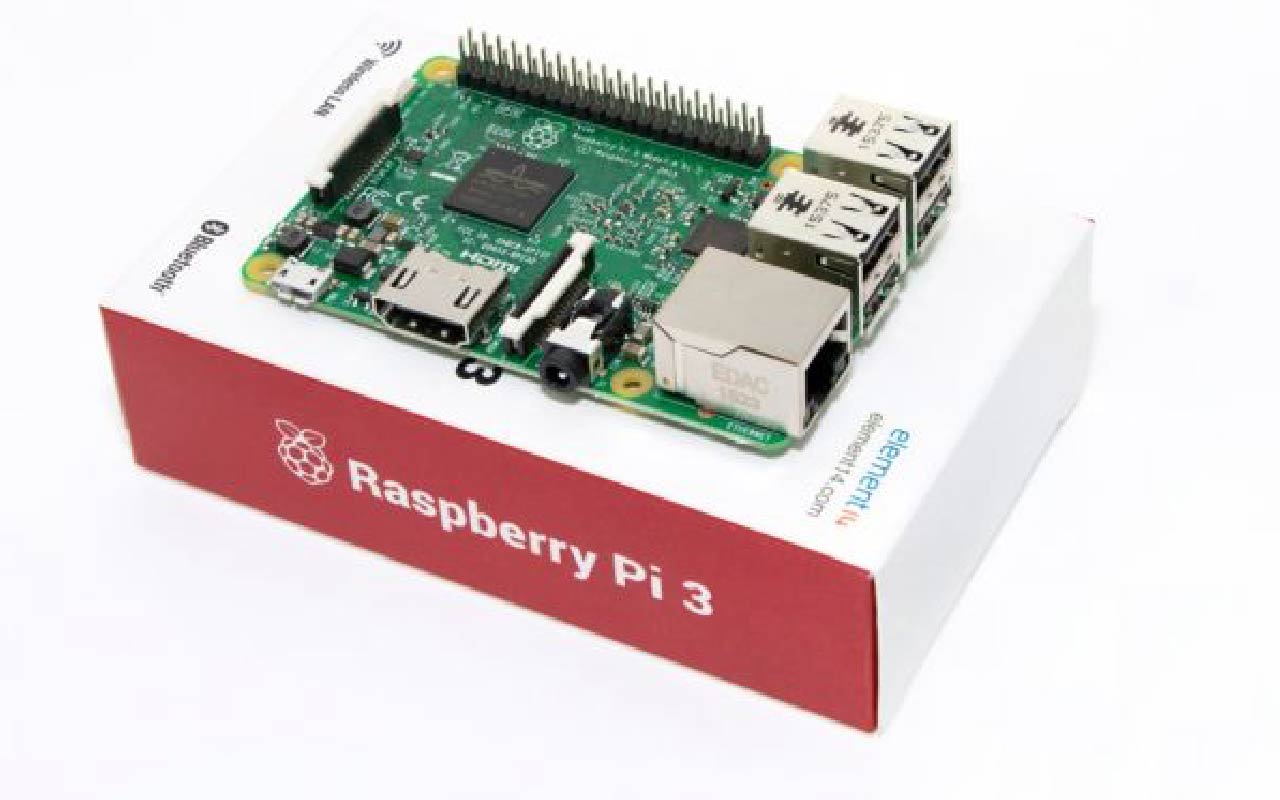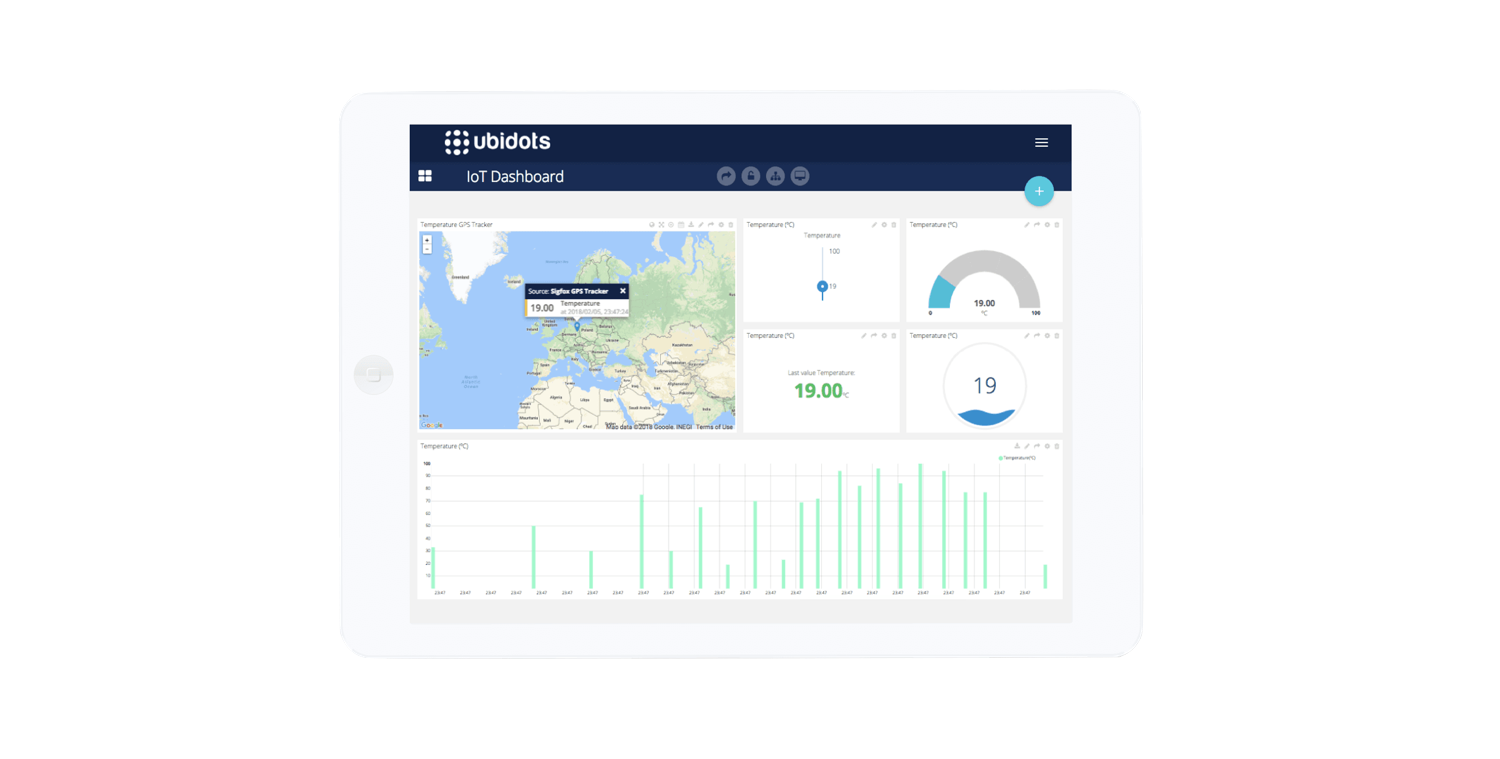Setup WiFi on Raspberry Pi using Wicd

An essential part of the Internet of Things is having objects speak to each other wirelessly. Raspberry Pi’s are a great way to do this because of the low cost of available Wifi dongles and the ease of setting them up.

In a previous tutorial, we covered how to setup your Raspberry Pi WiFi by manipulating the /etc/network/interfaces file directly. While this approach is pretty straightforward, it has some disadvantages:
- It doesn’t handle all types of encryptions (WPA, WPK, etc.)
- If the connection drops, it won’t be re-established automatically
- It doesn’t provide a simple interface to manage the connection, making it hard to troubleshoot
Hardware Needed
In this tutorial, we’ll setup wifi on Raspberry Pi using the TP-Link TL-WN725N USB wifi adapter.
Step 1
First of all, make sure the WiFi dongle is plugged in before booting up your Raspberry Pi. Once you’re prompted with the command line, install the wicd-curses:
$ sudo aptitude install wicd-curses
Step 2
Wicd is a well-known package to manage wifi networks from any Linux computer. Once installed, you can execute it:
$ sudo wicd-curses
You will be welcomed with a screen showing the available wifi networks. If your network is not showing up, you can try hitting Shift+P and then in the “Wireless interfaces” section type wlan0.

Step 3
Press F10 and then Shift+R to refresh the connections and then select your network:

Check the box** “Automatically connect to this network”** and then select the encryption type. Type your WiFi password and press F10 and then Shift+C to connect. Once you’re connected, type Shift+Q to exit wicd-curses.
You should be all set! You can check your Internet connection by pinging any website:

What to do next?
What can you do with a wifi-enabled Raspberry Pi? actually a lot. In the Internet of Things (IoT) space, you could create projects like:
- A wireless people counter that detects a moving object
- A wireless temperature monitor
- Have your pet text you when it needs something (like your Fish sending you an SMS if there’s low oxygen in the water)
We hope you enjoyed this as much as we do! Let us know your comments or inquiries. If you already have a project in mind, click here to get started today!


